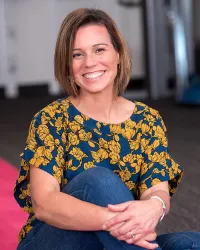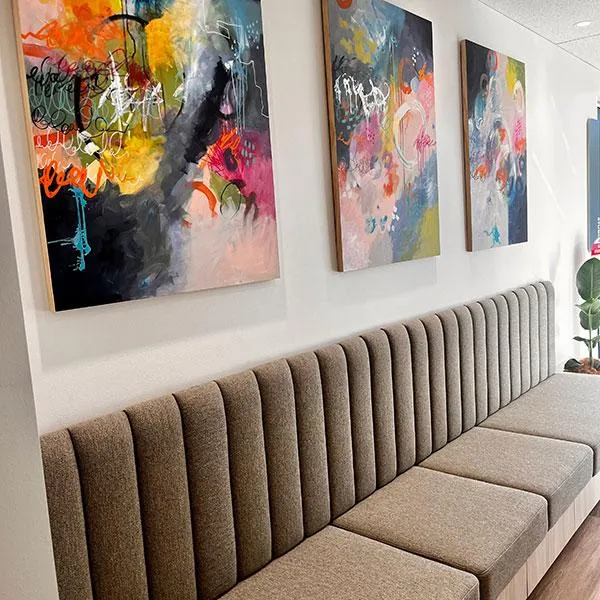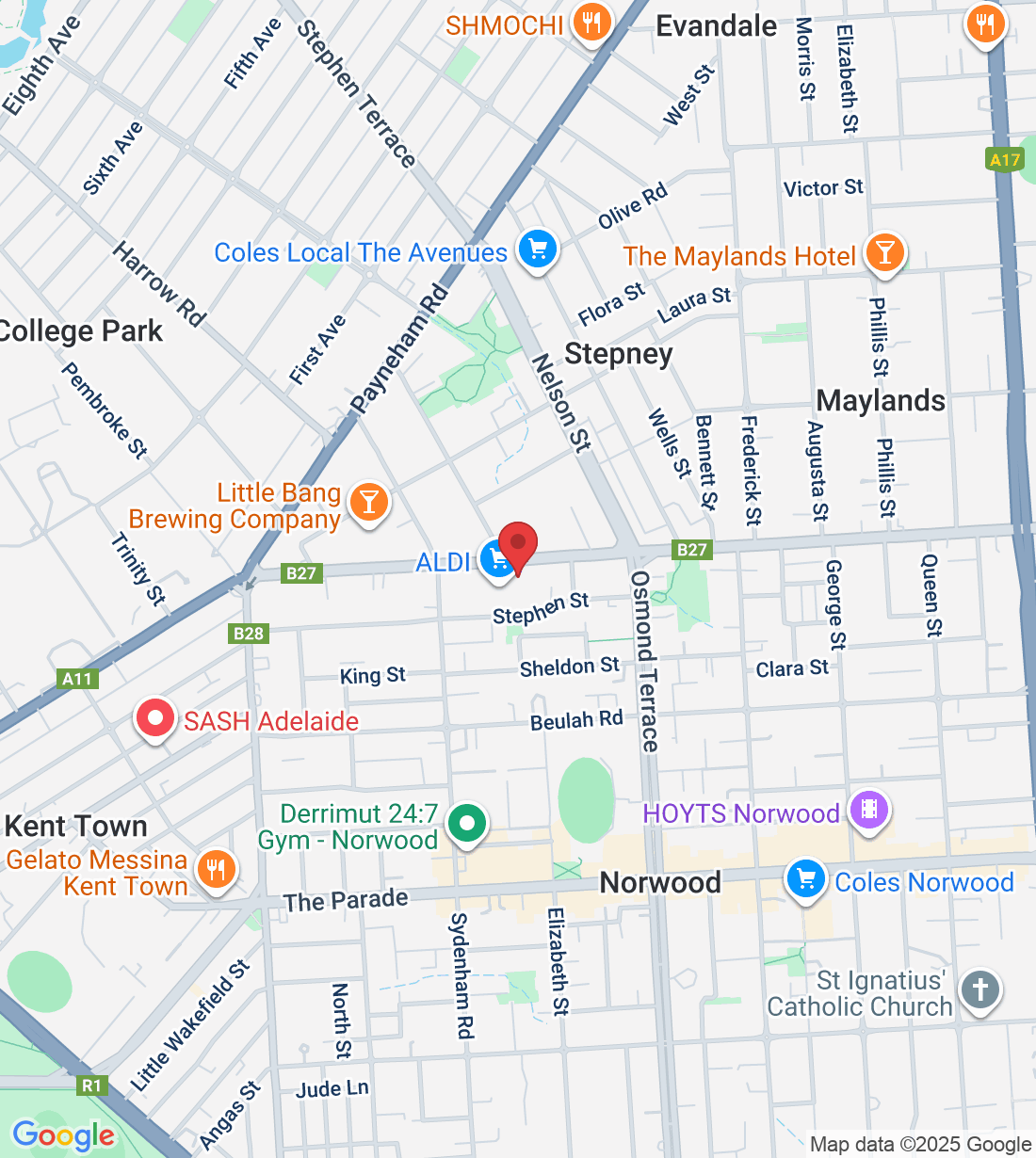
Pilates - why is it so good?
Joseph Pilates was a German man in the early 20th century who loved movement and helping people get stronger for sports such as gymnastics. During World War I he worked to help rehabilitate injured soldiers using the hospital beds and pulleys and springs. These were the very first 'reformers' and 'trap tables'.
After the war, Joseph immigrated to the US where he found himself working next to the New York Ballet company and designed similar styles of exercise to maximise the strength of the dancers.
The dissemination of Pilates didn’t really kick off until after Pilates’ death, with the publication of “The Pilates Method of Physical and Mental Conditioning” by colleagues in 1980.
Things have changed a lot since then. For the past 25 years or so physiotherapists globally have taken plenty of inspiration from the ideology and equipment used in Pilates to develop equipment and movements to help their patients.
The Pilates equipment is wide and varied. At Vital Core we use the traditional Reformers, Trap tables and Movement chair. Each piece of equipment can be adjusted in an almost infinite number of ways to make a movement simpler or more challenging. The prime 'resistance' is the spring. Some springs are stronger, making it harder to push whilst others are lighter and easier to push. This resistance can make an exercise much harder, making the user pusher into a stronger resistance. Or it can be made more challenging from a stability view point by using less resistance, where the user must focus on control, and balance to complete the movement. It all depends on what is required for that person.
Pilates exercise takes an approach which tries to consider the whole body and the mind-body connection. Awareness of quality of movement is fundamental, which is something Physiotherapist’s are often trying to develop with patient’s. The emphasis on intentional movement and feel is where a lot of the so called “magic happens”.
Vital Core Physiotherapy’s“Clinical Rehab”classes offer equipment based classes where you complete an individualised program that has been developed for you collaboratively with your Physiotherapist. This program considers your goals and your current physical state. We assess your current level of movement awareness and ability, and teach you a repertoire of exercises to suit. We consolidate this with you one on one over 3 visits before you feel confident joining in a small class environment.
All Clinical Rehab classes are managed by one of our Physiotherapists. We give instruction, offer correction and guide your movements to ensure you’re getting the most out of your program every session.
If this sounds like something you’re interested in, speak to your Physiotherapist. Whatever your goal, we can work with you to achieve it.
Ask a question of Vital Core Physiotherapy
Fill in the form to request a Call From Our Team
One of our team will call you for FREE and answer any questions or concerns you may have about your condition
© 2023 Vital Core Physiotherapy





